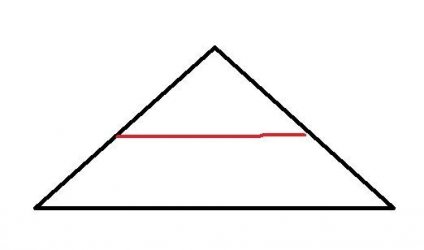Newtofish!
New Member
Afternoon all,
Thank you in advance for welcoming me to fishforums.net.
I have just purchased a 200l corner tank (after watching too many episodes of Tanked) and now need to organise making my own little ecosystem.
I've done what seems like endless research over the last couple of weeks and seem to be getting more confused than more informed.
I have never kept fish before so would like some easyish to care for ones to ease myself in. I've found some fish that one place says are easy to look after only to find another website that says they have very specific needs and are not good for beginners. I would also like some live plants, from what I can tell they do wonders for the health of the aquarium but again I have got very confused about PH requirements etc.
I have super hard water in my area as well and some sites have said that I should get fish that are suited to hard water environments whilst others say that they're mostly all bread in hardish water so it doesn't matter.
From what I've researched I think a passable setup would be some Kuhli Loach, Raspbora and some gourami with some drift wood, java ferns and java moss with a sandy substrate - this is based on ease of care and ability to live together, not based on my water.
Basically all I would like is a mixture of fish that fill the water column, some plants that the fish, my water and I will like and a nice, healthy happy tank.
Any suggestions on fish, plants, substrate, filters, lights, heaters and water treatment will be very very very very much appreciated.
Thanks in advance.
Leigh
Thank you in advance for welcoming me to fishforums.net.
I have just purchased a 200l corner tank (after watching too many episodes of Tanked) and now need to organise making my own little ecosystem.
I've done what seems like endless research over the last couple of weeks and seem to be getting more confused than more informed.
I have never kept fish before so would like some easyish to care for ones to ease myself in. I've found some fish that one place says are easy to look after only to find another website that says they have very specific needs and are not good for beginners. I would also like some live plants, from what I can tell they do wonders for the health of the aquarium but again I have got very confused about PH requirements etc.
I have super hard water in my area as well and some sites have said that I should get fish that are suited to hard water environments whilst others say that they're mostly all bread in hardish water so it doesn't matter.
From what I've researched I think a passable setup would be some Kuhli Loach, Raspbora and some gourami with some drift wood, java ferns and java moss with a sandy substrate - this is based on ease of care and ability to live together, not based on my water.
Basically all I would like is a mixture of fish that fill the water column, some plants that the fish, my water and I will like and a nice, healthy happy tank.
Any suggestions on fish, plants, substrate, filters, lights, heaters and water treatment will be very very very very much appreciated.
Thanks in advance.
Leigh


 ) as swimming length is important
) as swimming length is important